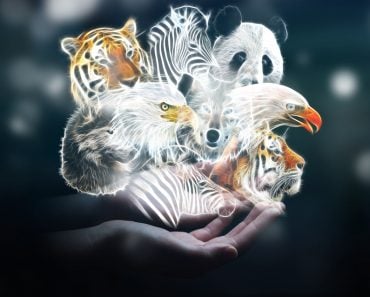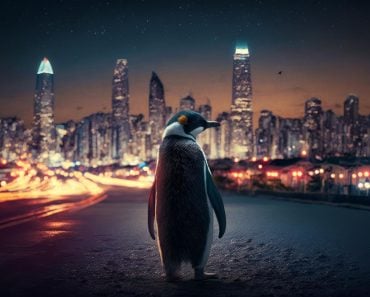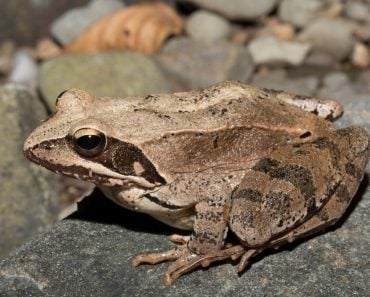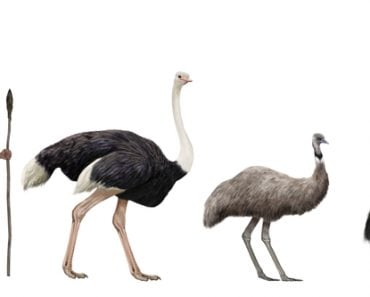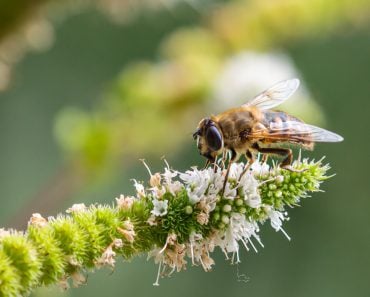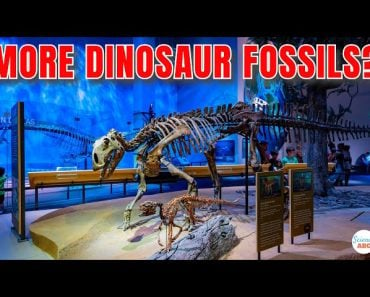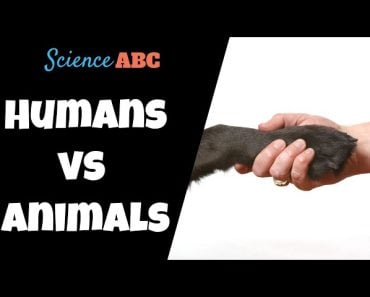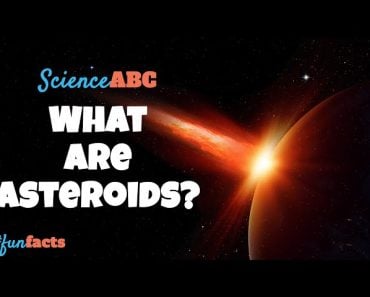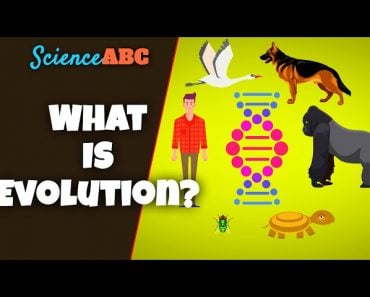Humans have had a large impact on the environment. Human settlements have destroyed habitats of many species. Human migration has led to invasive species that have caused the extinction of many animals like the dodo. Some animals have gone extinct due to over-exploitation such as Great Auk.
It is estimated that around 4 billion species have evolved on Earth over the last 3.5 billion years. Shockingly, approximately 99% of them no longer exist. Over the course of the past 540 million years, the Earth has undergone five mass extinctions. Informally dubbed the ‘Big Five’, over three-quarters of all animal species have gone extinct during each of them. As extinction rates rise, scientists fear that we are well on our way to the sixth mass extinction, with humans in the driver’s seat.
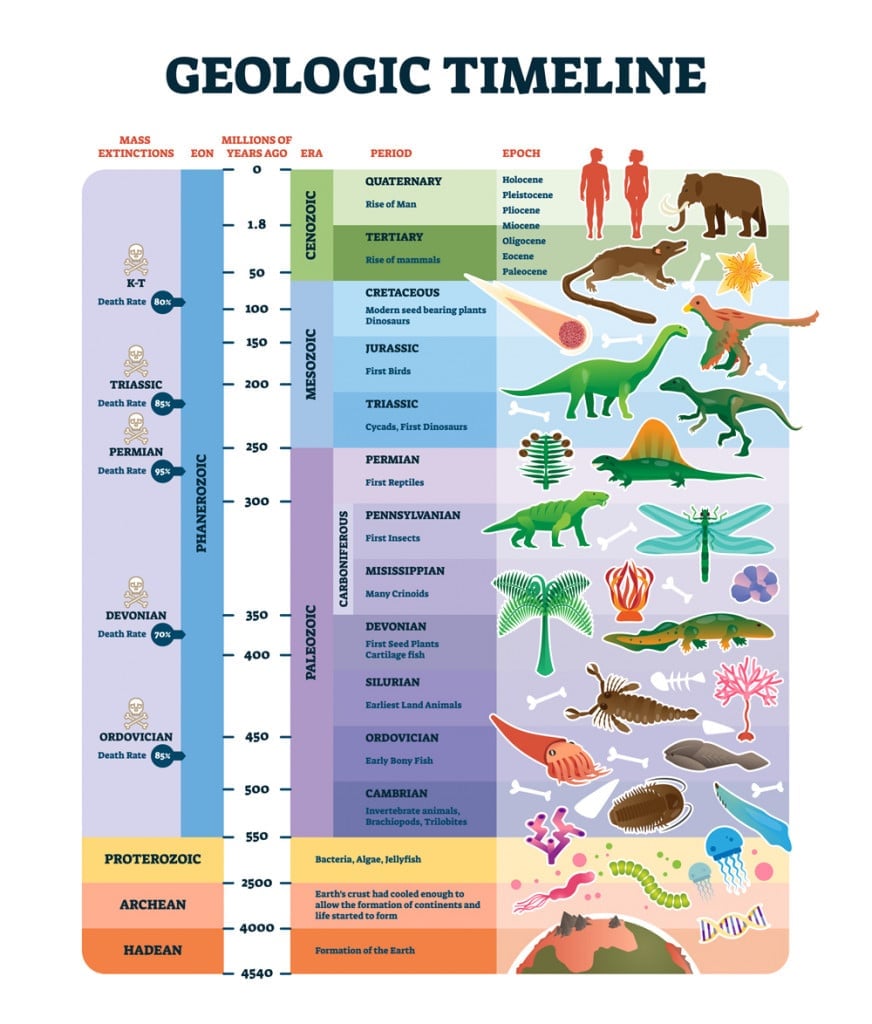
Recommended Video for you:
Humans: Causing Extinction Since… Forever
Human-driven species extinction is not a recent phenomenon. Paleontologist Julian Hume believes that the real problem started when we, humans, began migrating some 125,000 years ago. Humans migrated out of Africa to North and South America, Eurasia, and Oceania.
Interestingly, fossil records indicate a significant rise in the extinction of large animals in these regions within a few hundred to 1,000 years after humans arrived. Such striking extinction rates are only comparable to the asteroid that took out non-avian dinosaurs over 65 million years ago.
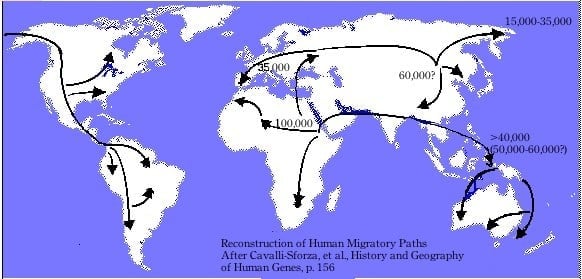
But what made these animals so susceptible to the influx of humans?
Human immigrants most likely viewed the native animals as either food or a threat. However, these animals had never encountered humans before, and therefore did not recognize them as potential predators. This made them particularly vulnerable to attack and the human settlers quickly used this to their advantage.
Additionally, human-caused fires also destroyed countless acres of habitat, increasing the competition for food in certain regions.
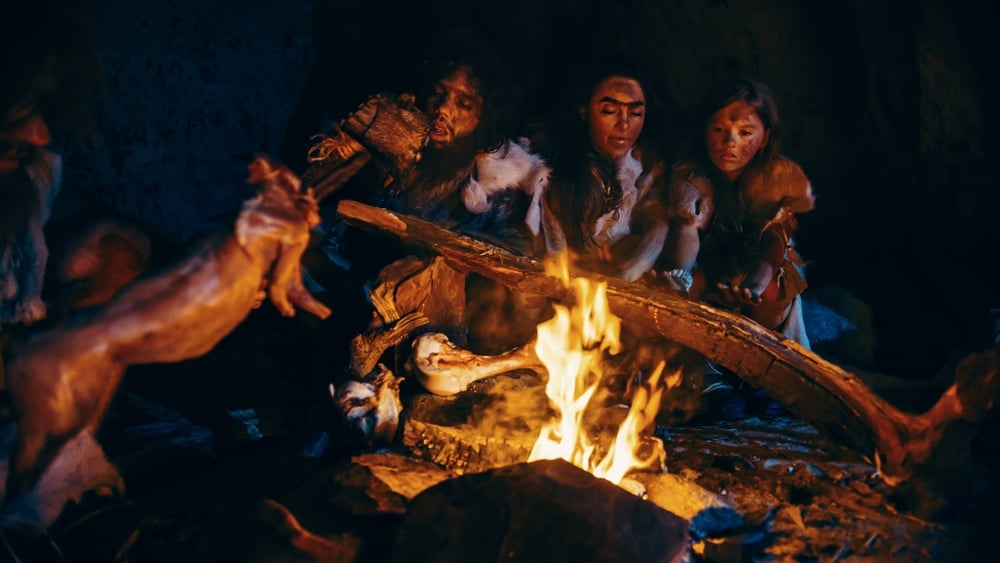
Soon, the population of these unsuspecting animals plummeted.
Large herbivores, such as the woolly rhino or mammoth, could not recover from this dip, as their reproduction rates were much slower than that of smaller animals. They had no choice but to migrate out of their habitat, but by then, there were few places on Earth left untouched by humans.
The Role Of Humans In Modern Extinction
Humans are widely considered the smartest animals on the planet. We are able to constantly learn, find new ways of solving problems, deeply introspect and judge one’s own work; these are just some of the 9 signs that define intelligence that humans often display. Given that, wouldn’t you think that humans, the ‘smartest’ beings on the planet, would be more concerned about the consequences of our actions on the planet? Unfortunately, the reality couldn’t be more different.
We continue to repeat our past mistakes. Among many other species, Madagascan hippos were eradicated 1,000 years ago, the moa birds of New Zealand were lost some 600 years ago and passenger pigeons disappeared just 106 years ago.
We need to accept responsibility for our role in these extinctions. Shedding light on how exactly our activities impact the ecosystem would be the first step in this direction. For that, we can take a closer look at some extinctions of the past few centuries.
Animal Species That Are Extinct Due To Human Activities
Steller’s Sea Cow (1768)
Measuring up to 10 meters long and weighing 5 to 10 tons, Steller’s sea cow could dwarf many modern whales. This animal belongs to a group of mammals known as Sirenia.
Today, only four species of Sirenia still exist, and are grouped into two separate families (dugongs and manatees). These surviving species inhabit warm tropical waters, as opposed to the Steller’s sea cow, which used to live in the cold sub-Arctic waters of the northern Pacific Ocean. They had evolved specialized features, such as thick blubber and fur, to survive in these cold conditions.
The first sighting of these majestic creatures didn’t happen until 1741, when a Russian Navy expedition was stranded on Bering Island. In fact, they survived by feasting on the meat of these innocent animals.
Like cows on land, their marine counterparts also aggregated in herds and were slow-moving, docile, herbivores, characteristics that made them easy prey. The sailors that escaped the island spread the word that a single cow could feed 33 men for a month, and that its blubber tasted a bit like almond oil. Each year that followed, new expeditions were launched to hunt these animals.
To make matters worse, their fur became a fashion craze amongst the Europeans. In 1768, just 24 years after their discovery, the Steller’s sea cow was hunted into extinction because of humanity’s insatiable greed for their fur and oil.

Great Auk (1850)
The Great Auk was a flightless coastal bird that would gather in the millions at different breeding spots all across the North Atlantic. These birds were easy to capture for passing sailors, who soon developed a taste for Auk meat.
Hunting intensified around 1500, when European sailors discovered the lucrative Newfoundland fishing ground. In the 1700s, the birds were sought after for their down feathers, which supposedly made excellent pillows. Hunted by both humans and polar bears, their population gradually dwindled.
Unfortunately, the Great Auk then became famous for their scarcity. Their skin, eggs and whole specimens became highly prized as collectors items.
In 1850, the last pair was found incubating an egg on an island of rock off the coast of Iceland. These last two beautiful birds were strangled to death by two men in order to fulfill a request for a Great Auk specimen from a merchant. Another man then crushed the egg under his boot. Just like that, another species was wiped off the face of the planet.
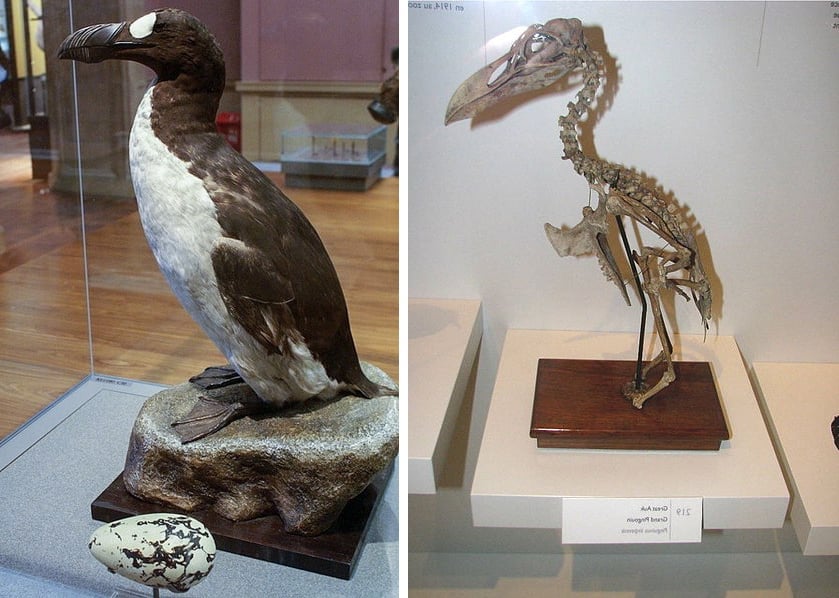
Pinta Island Tortoise
History repeated itself in 2012 when the last Pinta Island Tortoise, a 100-year-old male named George, passed away at the Galapagos National Park. They were found in abundance on the islands until the late 19th century.
They were later hunted for their meat by sailors and fishermen to the point of extinction. The introduction of goats to the island also increased competition for the remaining tortoise population, which soon went extinct.
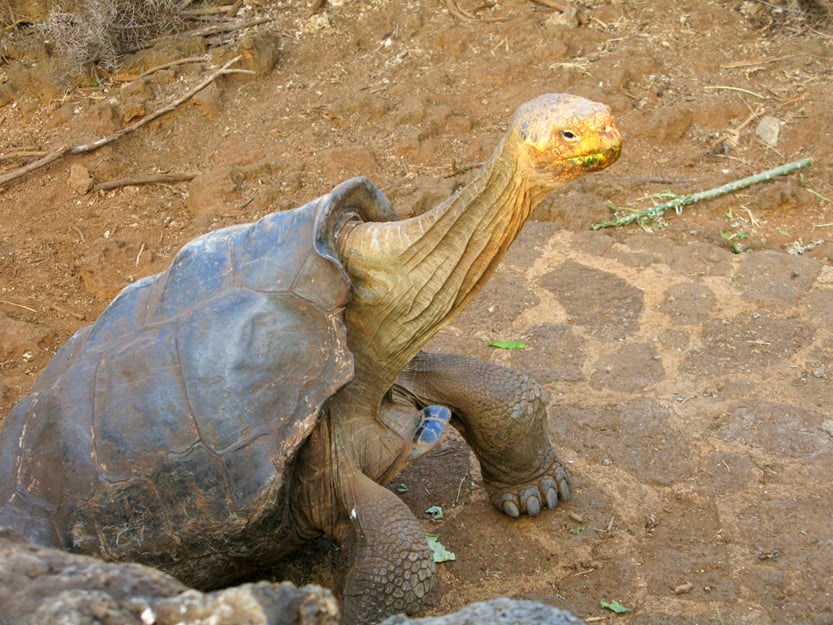
Tecopa Pupfish (1970)
Native to the Mojave Desert in California, this Death Valley resident could survive in waters as warm as 108°F.
It was only discovered in the 19th century and was found in only two outflow springs of the Amaragosa River system. Human development around the Tecopa Hot Springs around the mid-20th century saw the fusion of two hot spring channels for supplying bathhouses. The resulting swift-flowing channel was uninhabitable for the small fish.
This alteration to its habitat, along with the introduction of non-native fish to the river system, led to the inclusion of the Tecopa pupfish on the endangered species list in 1970. By 1981, the Fish and Wildlife Service declared it extinct.
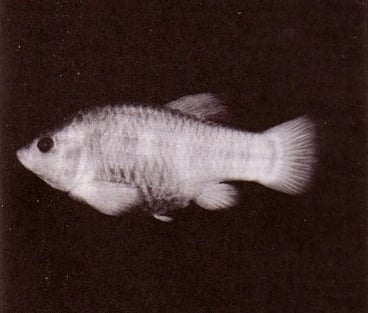
Conclusion
These are just a few of the many species that have met their end due to human greed and our blatant disregard for the environment. Now, when you add climate change to the equation, the chances of survival for those species still remaining become slim.
We can attribute our past mistakes to the lack of knowledge and awareness about the delicate balance of the ecosystem, but now, the evidence has piled up and is impossible to ignore. More than 35,500 species are on the IUCN’s Red List (a list of threatened and endangered species). And even though the focus of the Red List is to stop species from going extinct, it has become the standard international list for extinctions. Now is humanity’s time to step up as the ‘smartest’ animal on Earth and protect the world’s biodiversity.
“Life is as dear to a mute creature as it is to man. Just as one wants happiness and fears pain, just as one wants to live and not die, so do other creatures.”
― Dalai Lama XIV
References (click to expand)
- Extinction Over Time. The Smithsonian Institution
- Smith, F. A., Elliott Smith, R. E., Lyons, S. K., & Payne, J. L. (2018, April 20). Body size downgrading of mammals over the late Quaternary. Science. American Association for the Advancement of Science (AAAS).
- IUCN Red List of Threatened Species. The International Union for Conservation of Nature
- Barnosky, A. D., Matzke, N., Tomiya, S., Wogan, G. O. U., Swartz, B., Quental, T. B., … Ferrer, E. A. (2011, March 2). Has the Earth’s sixth mass extinction already arrived?. Nature. Springer Science and Business Media LLC.
- Has the Earth's sixth mass extinction already arrived?. The University of California, Berkeley

